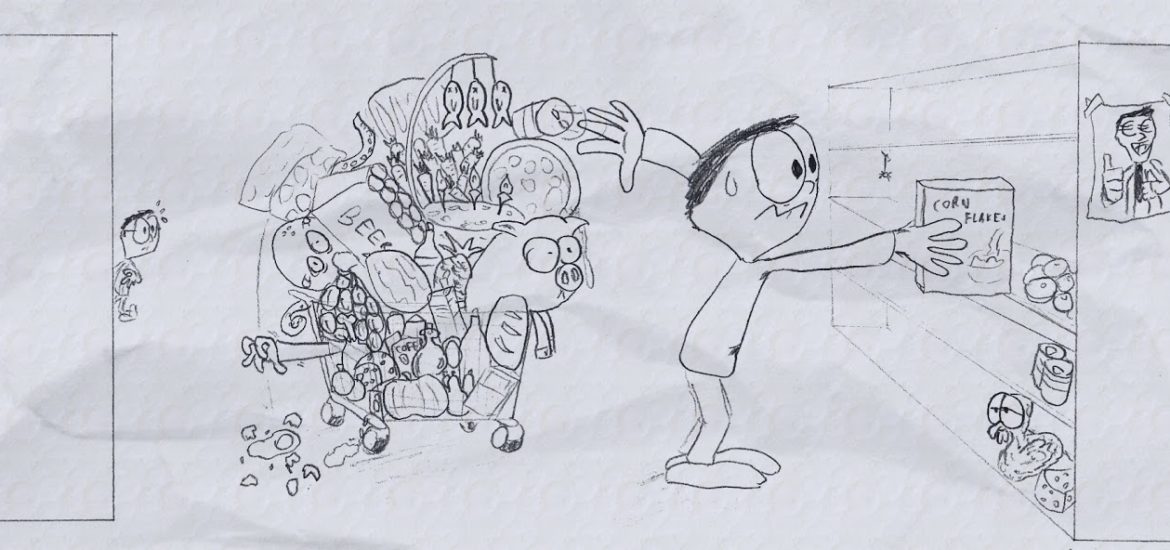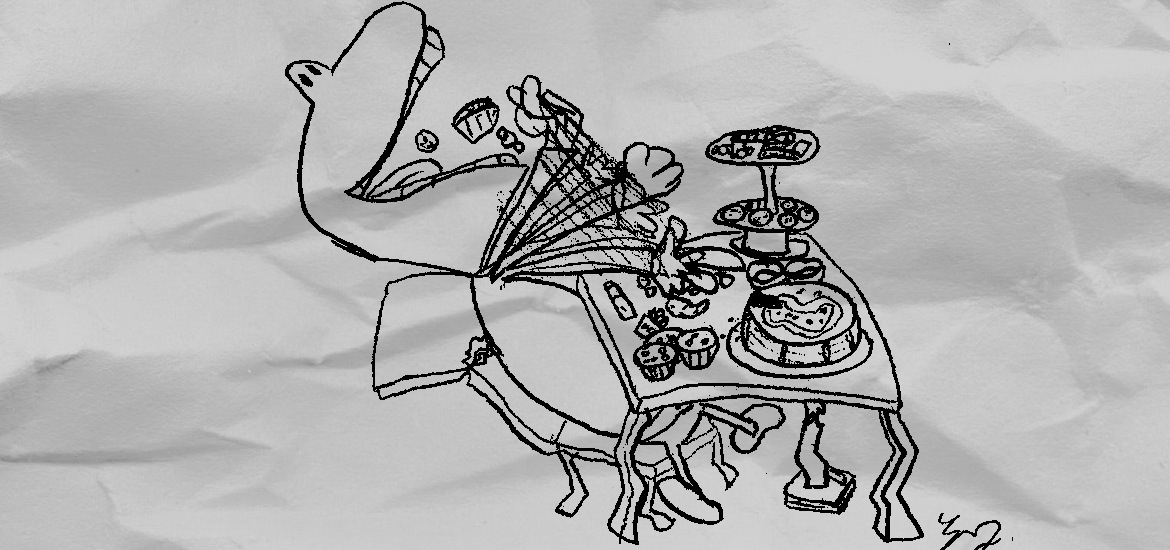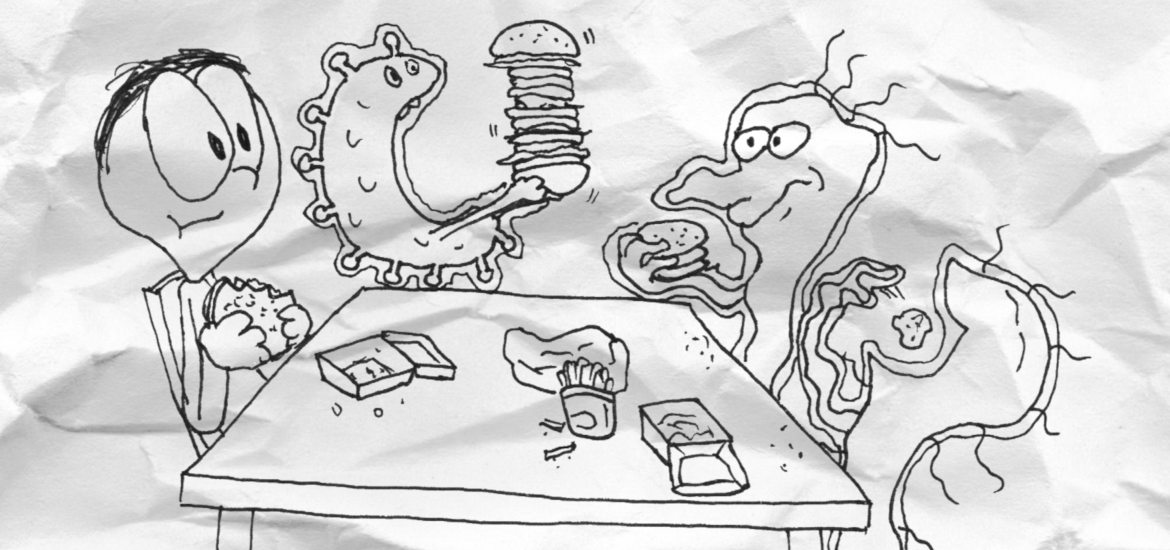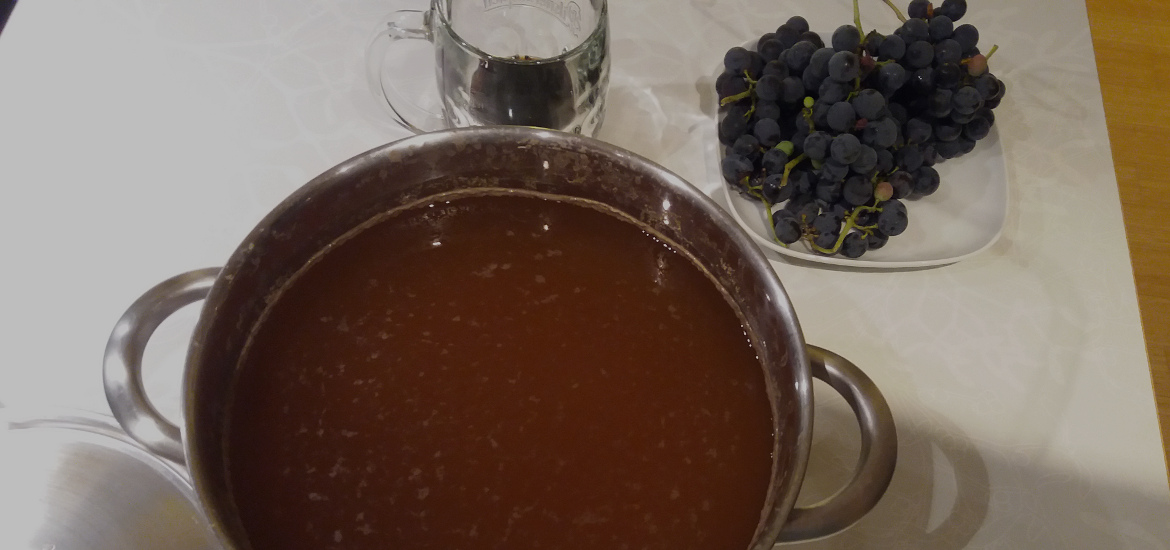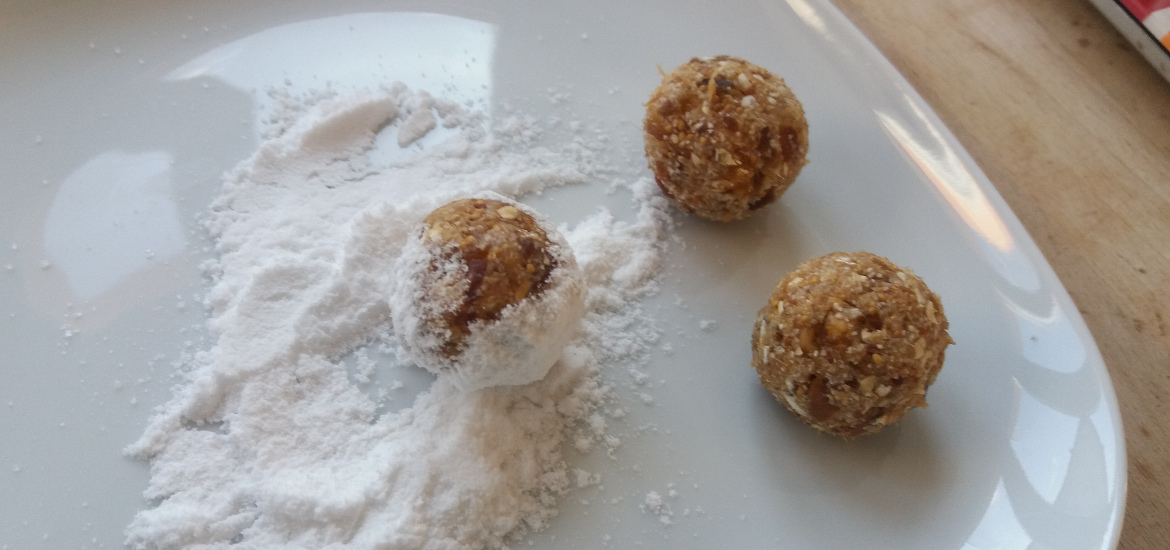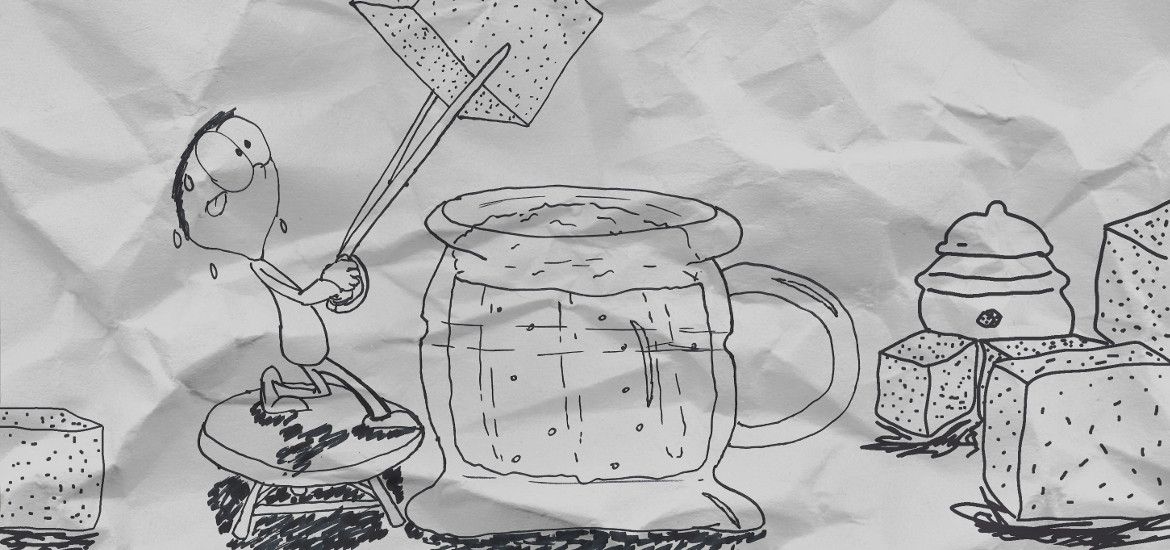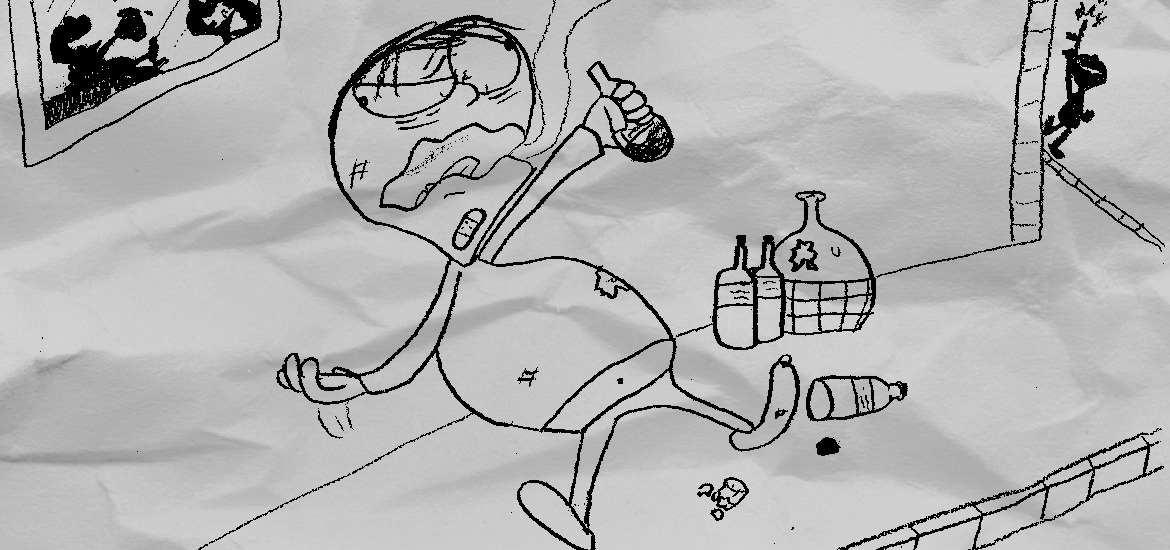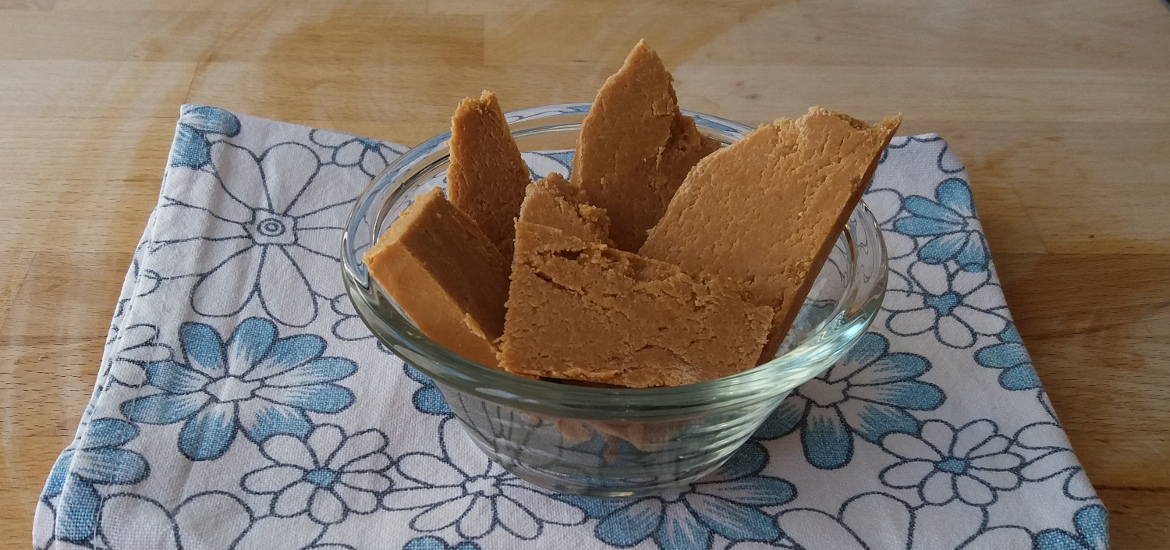Introduction to my Market crash survival pack
Survival packs are in fashion. You can buy, or at least get a to-do list for survival packs ranging from a zombie apocalypse, nuclear holocaust to divorce. While some of these events are more probable than the other, I agree it is a good thing to be prepared. So I will do my own survival pack list in case of the market crash – Market crash survival pack. By market crash, I mean a set of events that temporarily halt all the commerce and thus result in empty stores. This will certainly not be permanent or devastating, but it will cause some complications for some time. The most obvious one being the lack of food.
To give you a quick summary: my preferred selection for survival pack is 45 kg of each: white rice and barley, 20 kg of each: sugar, canned tuna, and beans, 10 kg of each: spirits, honey, canned fruit, dried fruit, powdered cacao and red wine and finally 5 kg of instant coffee. For detailed explanation why this is so, please continue reading.
Today people in the western world are strongly dependent on stores and restaurants to supply them with food from day to day. Not many people have a weekly supply of food constantly stored in their homes. If the market crash would occur and the stores would close or got completely empty, filling up your stomach would not be so easy as it is right now.
I will list all the supplies that are needed to theoretically feed one person for a year. I will aim for the supplies that take up as little space as possible, which is handy for storing or transporting them. Finally, this supplies should last as long as possible, preferably indefinitely and require no, or minimal preparation to be consumed. With that one can be prepared for a market crash with his own survival pack, safely tucked away and ready to be used at any occasion.
SOME THEORY
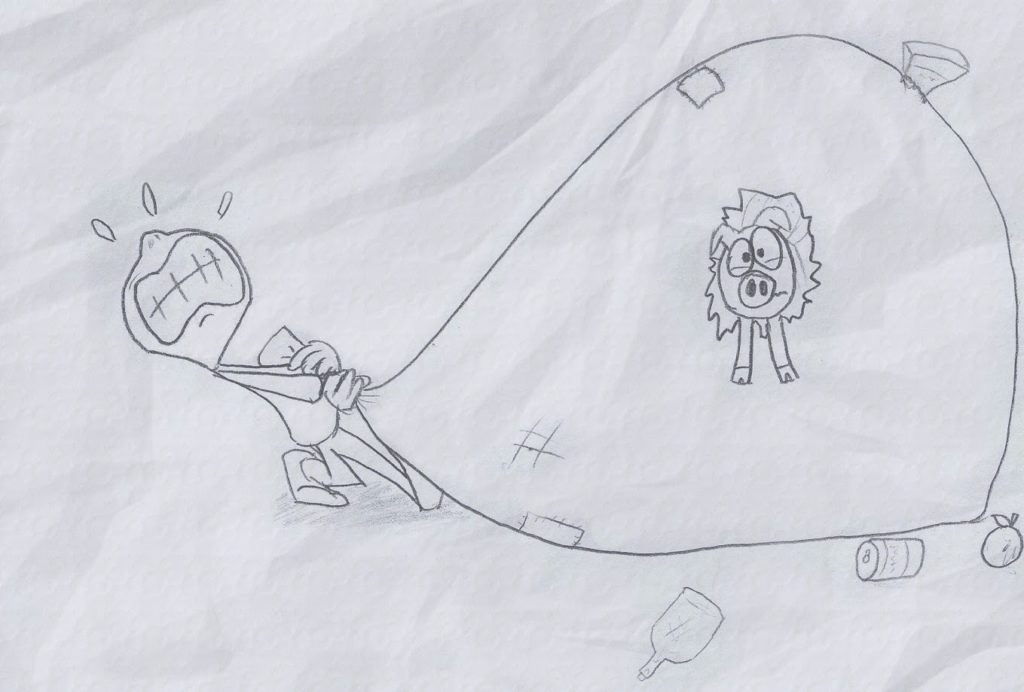
First, some theoretical consideration is in order. Typically a man needs 2,500 calories per day and a woman around 2000 calories as described here. Strong variations from person to person is expected, depending on base metabolism, absorption in the gut, activity through the day and so forth. Minimum required daily calorie intake is around 700 calories lower, again a subject of strong variations.
For my estimation, I will use 1500 calories per day. This is relatively low, but the time scale of one year is really long and some other sources of energy are bound to come along. And we are making a Market crash survival pack, not a luxury menu.
Just to put this in a perspective, this is 547,500 – more than half a million – calories per year! To be even more tangible, this is more than 200 kg of white bread or around 75 liters of olive oil! Definitely not the amounts to be easily carried around.
Not only the calories but also food composition is important, especially if one depends only on this Market crash survival pack as the sole source of energy. The table of recommended amounts of certain food groups is below and is based on this FDA table. Only basic food components are listed – all other stuff like vitamins and micronutrients are bound to be present if your diet varied enough (and not all food is completely processed). Since we lowered our standard for daily caloric input, I had to appropriately recalculate the amounts of each component, as evident from the table.
| Food Component | Recommended daily value | Calories of recommended daily value (from here) | Recommended daily value based on reduced calories (my estimation from above) |
|---|---|---|---|
| Total Fat | 65 g | 260 Calories | 51 |
| Total Carbohydrate | 300 g | 1,200 Calories | 235 |
| Total Protein | 50 g | 450 Calories | 39 |
| Total Calories | / | 1,910 Calories | Should yield around 1500 |
We have established how much of certain basic food components we need for our Market crash survival pack. Next, it is logical to list foodstuffs that are preserved for very long or, even better, indefinitely. Hundred years without going bad would in our case suffice to classify a foodstuff as indefinitely lasting. Because, let’s face it, in one hundred years a lot will change and your food pack would probably not have the same relevance as today. First, let us list some indefinitely lasting foodstuffs: sugar, white rice or any kind of processed/purified carbohydrates like flour, starch, semolina,…
Just remember that the more finely the carbohydrate is ground, faster will it degrade and they have to be dry, very dry. Next are alcohol (spirits, not wine or beer) and honey. This type of food will last practically indefinitely, provided it is stored correctly – i.e. in a dry place, preferably dark, protected from anything that will try to eat it.
Next is the stuff that lasts really long – for our purposes ten years is considered really long. Most of this foodstuff would be edible far longer, but it will lose in taste and nutrition value. You will not get as much out of it as in the beginning, but you can still eat it and not get sick from it. And that it what it counts in food pack for emergencies. Long lasting stuff is anything stored in cans from tuna, meat, fruits or vegetables. Powdered milk and dried/salted meat are next. Further all dried seeds – anything from whole grain rice, barley, corn beans, peas.
All of them are edible directly without preparation, but in some cases, it makes sense to cook/prepare them before eating them. You will get more out of them both in sense of taste and nutrition value. Then there are is all dried stuff (if you remove water, practically everything is stable). This includes dried bread, cereals, dried fruits, instant drinks and so forth.
Finally, there are some foodstuff, that you *need* in your food pack, without first considering if it’s going to be edible in ten years. This is stuff like Nutella, chocolate (OK, will settle for cacao powder), candy, candy bars, coffee, potato chips with peppers, peanuts and a bottle of fine red wine. Naturally, next, I will try to approximate their condition in ten or so years. With candy (hard candy) it is fairly easy. It is mostly sucrose, so it is edible forever (unless it gets wet or is eaten by someone or something).
With Nutella it is tricky. I found no concrete evidence, but there are plenty of anecdotal evidence on the internet of being edible several years after expiration date. I would agree with that since it is composed mostly of sugar and has very little water. What it will happen with time with Nutella is the oxidation of lipids and therefore rancid taste might develop. This is nothing toxic, just unpleasant. From my personal experience, Nutella is perfectly edible 3 years after expiration date, with no loss in taste but with a little harder consistency. Therefore (and for the good taste and nutrition value) I would include it in the food pack.
From all this selection I picked the things that can be consumed with none or minimal preparation and are not too bulky. The table below lists all of them with amounts and calories that we get from them, together with their approximated usability and with what reliability we can claim their usability. Calories and amount of fat/carbohydrates/proteins are approximate, since it can be variable for some products and are calculated as the rough average of various sources (e.g. Wikipedia, calories charts and books).
| Foodstuff | Calories per 100 g | Fat per 100 g | Carbohydrate per 100 g | Protein per 100 g | Approximate time of usability | Reliability of usability information |
|---|---|---|---|---|---|---|
| Sugar | 400 | 0 | 100 | 0 | Long (more than 50 years) | Excellent (General knowledge) |
| Spirits (40% ABV) | 280 | 0 | 40 | 0 | Long (more than 50 years) | Excellent (General knowledge) |
| Honey | 320 | 0 | 80 | 0 | Long (more than 50 years) | Excellent (General knowledge) |
| White rice | 150 | 0 | 34 | 3 | Long (more than 50 years) | Excellent (General knowledge) - article |
| White flour/semolina | 355 | 1 | 76 | 10 | Long (more than 50 years) | Good |
| Canned tuna in oil | 300 | 25 | 0 | 20 | OK (more than 10 years) | Excellent |
| Canned meat (SPAM) | 300 | 27 | 3 | 13 | Medium (5-10 years) | Good (General knowledge andhere) |
| Canned fruits (ananas) | 96 | 0 | 24 | 0 | Medium (5-10 years) | Good (General knowledge) |
| Dried meat | 270 | 3 | 0 | 59 | Short (less than 5 years) | Poor (General knowledge) |
| Beans | 345 | 1 | 63 | 21 | OK (more than 10 years) | Good (General knowledge and here) |
| Corn seeds | 370 | 5 | 74 | 9 | OK (more than 10 years) | Good (General knowledge and here) |
| Barley | 350 | 2 | 73 | 12 | OK (more than 10 years) | Good (General knowledge and here) |
| Peas | 80 | 0 | 14 | 5 | OK (more than 10 years) | Good (General knowledge and here) |
| Rusk (Dried bread) | 407 | 7 | 72 | 14 | Long (more than 50 years) | Good (General knowledge) |
| Dried fruit (prunes) | 260 | 0 | 64 | 2 | Medium (5-10 years) | Poor (anecdotal) |
| Nutella | 547 | 31.8 | 56.9 | 6.6 | Short (less than 5 years) | Poor (General knowledge) |
| Chocolate (min. 45% cocoa) | 527 | 31 | 57 | 4.9 | Medium (5-10 years) | Good (article) |
| Powdered cacao | 228 | 14 | 58 | 20 | OK (more than 10 years) | Medium (general knowledge, anecdotal) |
| Candy bars (Twixs) | 505 | 25 | 65 | 5 | Short (less than 5 years) | Poor (General knowledge) |
| Coffee (instant/beans) | 0 | 0 | 0 | 0 | Long (more than 50 years) | Excellent (general knowledge) |
| Potato chips with peppers | 170 | 9 | 12 | 2 | Short (less than 5 years) | Medium (general knowledge, here) |
| Peanuts | 567 | 49 | 16 | 26 | Short (less than 5 years) | Medium (general knowledge, here) |
| Bottle of fine red wine | 80 | 0 | 3 | 0 | OK (more than 10 years) | Excellent (general knowledge) |
From this point forward it is no brain surgery: just select the items you like and keep adding them up until you reach the desired calorie count. It is a good idea to watch for the carbohydrates/fat/protein ratio, but if you select different kinds of food, you cannot miss by much. The ratio itself is not super important, you just need to include all three substances (at least 10 percent of each I would guess). Picking only 150 kg of sugar is obviously not a good idea.
Other things to consider are vitamins and minerals. Again, if you select varied food, minerals are not an issue, vitamins are more tricky, but not impossible. The main problem with vitamins is that there are not many in foodstuffs that are stored for long time periods. But there are always vitamin supplements – and they keep their vitamins for a reasonably long time.
My preferred selection for food pack is 45 kg of each: white rice and barley, 20 kg of each: sugar, canned tuna, and beans, 10 kg of each: spirits, honey, canned fruit, dried fruit, powdered cacao and red wine and finally 5 kg of instant coffee. The total mass of the pack is 215 kg (560,400 calories, 7,500 g of fat, 107,650 g of carbohydrates and 17,150 g of proteins). Not too handy to carry around, but it will keep you alive for a year. If you prefer something lighter, just divide everything by 12 and you get a month worth of supplies, weighing 18 kg which is much easier (and actually feasible) to carry around.
Finally if even this is too much for you, you can follow my example. Stow away a bottle of good red wine (make sure that the cork is appropriate for long storage and that the bottle in the right (horizontal) position), a bottle of good whiskey or brandy, 1 jar of honey and 1 kg of well packed white sugar. This stuff takes up only a small volume, it’s easy to carry around and it will last practically indefinitely. Hopefully, you’ll never need it.
Image credit: Amazing food
